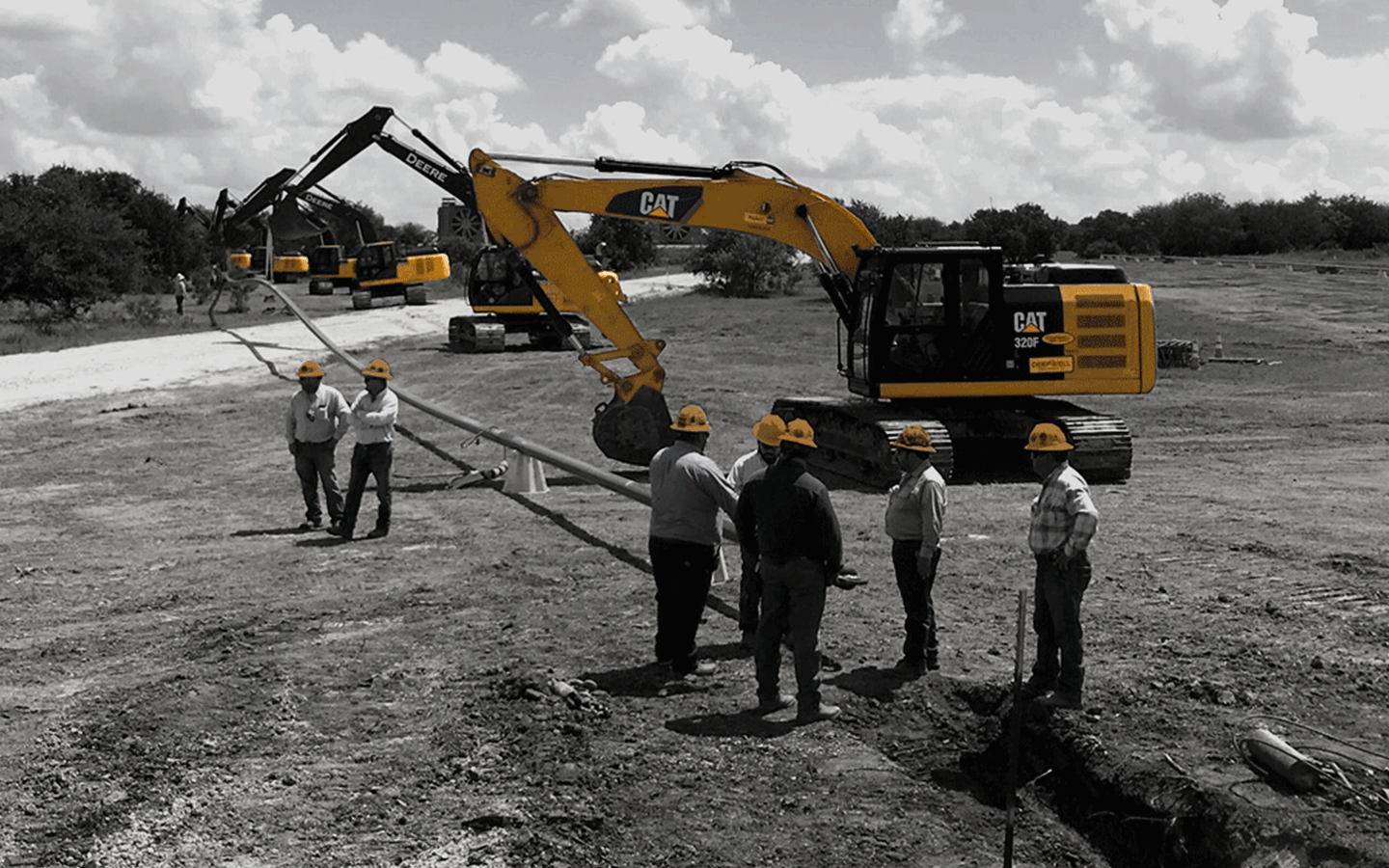Everything About Oil Field Equipment and Pipeline Equipment: Trick Insights and Necessary Info
Oil field equipment and pipeline systems play a critical function in the oil and gas market. They are important for the reliable removal and transportation of hydrocarbons. Trick parts, such as drilling rigs and storage containers, directly impact operational success. On the other hand, developments in modern technology pledge to boost safety and security and efficiency. Comprehending these elements is essential for any person involved in or curious about this complicated field, as it sets the phase for much deeper expedition of market practices.

Review of Oil Field Equipment
As the need for oil remains to grow, understanding the equipment used in oil areas ends up being progressively crucial. Oil field equipment encompasses a large array of equipment and devices essential for expedition, extraction, and handling. Key elements include piercing rigs, which are vital for getting to oil reservoirs, and manufacturing tools, such as separators and pumps, that promote the extraction process. Superior Oilfield pipeline equipment rentals. In addition, storage containers play a significant duty in holding petroleum before transport. Security tools, including blowout preventers and stress determines, assures functional safety and effectiveness. Each piece of devices functions cohesively to enhance manufacturing and preserve reliable process. Experience with this tools is essential for experts in the industry to assure effective operations and adherence to security criteria
Sorts Of Drilling Rigs and Their Applications
Drilling rigs work as the backbone of oil extraction procedures, with numerous types created for specific geological conditions and operational requirements. One of the most typical kinds include rotary exploration rigs, which make use of a revolving drill little bit to permeate the planet, and cord device rigs, understood for their percussion boring technique. For offshore procedures, jack-up rigs and semi-submersible rigs give stability and assistance in marine environments. Furthermore, directional exploration rigs allow operators to drill at angles, reaching down payments that are not up and down accessible. Each rig type has distinct benefits, optimizing efficiency and safety based upon the boring atmosphere. Selecting the suitable gear is important for optimizing resource extraction while decreasing ecological impact and operational costs.

Important Pipeline Equipment and Their Features
Pipeline framework is necessary for the transportation of oil and gas from extraction websites to refining centers and end-users. Numerous vital tools elements promote this procedure. Pipelines themselves work as the primary conduits, created to stand up to high stress and corrosive materials. Pump terminals are important for preserving circulation by improving stress along the pipeline. Shutoffs play a crucial role in regulating flow and isolating areas for maintenance. In addition, fittings and adapters assure secure joints in between pipe areas. Keeping track of systems, including circulation meters and pressure sensing units, are crucial for identifying leaks and enhancing flow rates. Pigging equipment is used for maintenance and cleansing, safeguarding pipeline integrity and effectiveness. With each other, these elements form the backbone of a reputable pipeline system.
Developments and Technologies in Oil and Gas Equipment

Security and Upkeep Practices in the Oil Market
While the oil sector has made considerable strides in technology and effectiveness, the significance of robust security and upkeep methods can not be overstated. Efficient safety and security procedures are vital to protect employees and the atmosphere, decreasing the threat of accidents and spills. Routine examinations and maintenance of tools aid identify prospective issues prior to they rise, pipeline integrity management system making sure functional honesty. Training programs for workers are vital, highlighting the importance of safety and security awareness and emergency situation response treatments. Furthermore, adherence to market policies and requirements fosters a culture of safety and security. Applying innovative surveillance modern technologies can further improve upkeep practices, enabling real-time evaluations of devices problems. Ultimately, prioritizing security and maintenance is important to the sustainability and success of the oil industry.
Frequently Asked Concerns
What Are the Ecological Influences of Oil Field Equipment?
The ecological effects of oil field equipment include environment destruction, water contamination, and air contamination (Superior Rentals reviews). Furthermore, equipment breakdown can lead to spills, detrimentally impacting wildlife and communities, highlighting the demand for rigid laws and tracking
Just How Is Oil Field Equipment Delivered to Remote Locations?
Moving oil field equipment to remote locations frequently includes specialized automobiles, helicopters, or barges. Logistics companies coordinate routes, making certain devices arrives securely and effectively, taking into consideration surface and accessibility to lessen delays and maximize performance.
What Regulatory Requirements Govern Oil Field Equipment?
Regulative criteria governing oil field equipment largely consist of safety, environmental security, and functional performance standards. Agencies such as OSHA and EPA impose these regulations to ensure secure practices and minimize environmental impact in oil extraction operations.
What Abilities Are Needed to Operate Oil Field Machinery?

How Do Oil Prices Affect Equipment Need and Usage?
Oil prices greatly affect equipment need and usage. Greater prices generally lead to increased exploration and manufacturing tasks, driving need for equipment. Conversely, reduced prices might cause decreased operations and address reduced need for equipment.